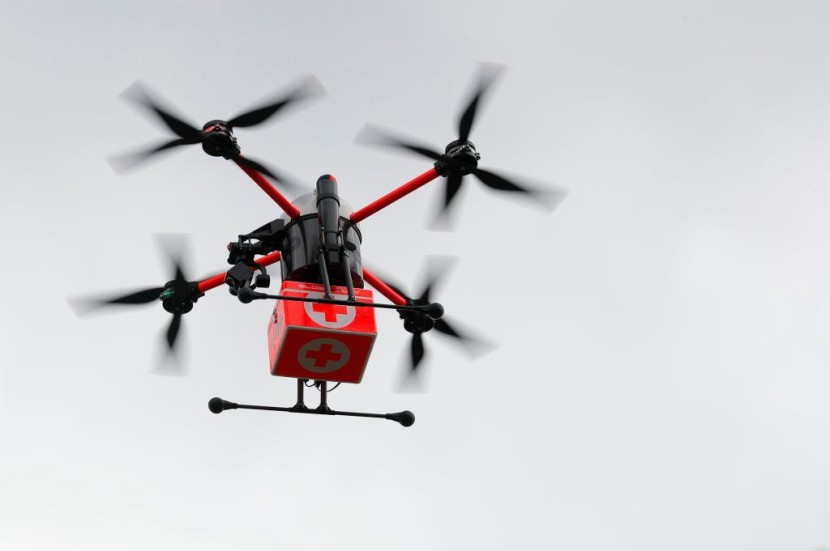The United Kingdom's aviation safety regulator has proposed using drones for urgent medical supplies and inspections of power lines, roads, and trains.
The UK Civil Aviation Authority (CAA) released a news release outlining their plans to enable drone owners to fly their aircraft safely beyond visual range.

Flying Beyond Sight
According to The Guardian, drones have been flying outside the UK's visible line of sight for a while now, but up until recently, these flights were strictly restricted and were used for experiments.
Alternatively, the suggested measures might allow drones to operate outside the line of sight by keeping them low and near structures or buildings. This opens the door for drones to operate in areas where fewer planes are likely to be in the sky.
"Our proposals are a positive step towards unlocking the next stage for drone flying in the UK," said Kevin Woolsey, head of remotely piloted aircraft systems at the CAA. "Allowing drones to fly beyond the sight of the remote pilot, without placing restrictions on other aircraft in the area, will be a major achievement for UK drone operations."
Woolsey added that the agency has identified reasonable mitigations on where drones can fly using this proposed concept to ensure the maintenance of the levels of safety.
Expected Benefits
This announcement is an attempt to take drone operations in the UK to the next level, beyond flying in a straight line, which might lead to drones delivering online purchases in the future.
Moreover, as long as they refrain from flying higher than 15 meters, drones might be flown on private land even without a permit. According to the CAA, not only would farmers and site security personnel profit, but so would industries that examine infrastructure like trains, electrical lines, and highways.
The CAA has a variety of initiatives planned for the future of aviation in the UK, and this consultation is only one of them. Drones will be able to coexist securely with other airspace users based on the program's stated goal. New types of aerial transportation, such as drones, are being developed with the help of businesses and the CAA.
The consultation, which may be accessed on the CAA website, will remain open for six weeks beginning on Tuesday, February 20.
As part of the plans, drones would be able to fly in places that are not normally accessible. A volume of airspace that is likely to have fewer conventionally flown aircraft owing to the closeness of ground infrastructure like buildings is called an "atypical air environment."
It is acknowledged that there are risks associated with operating in such airspace, and it is suggested that the operator will have to explain how they plan to reduce those risks in addition to requesting the necessary permissions.
© 2025 HNGN, All rights reserved. Do not reproduce without permission.








